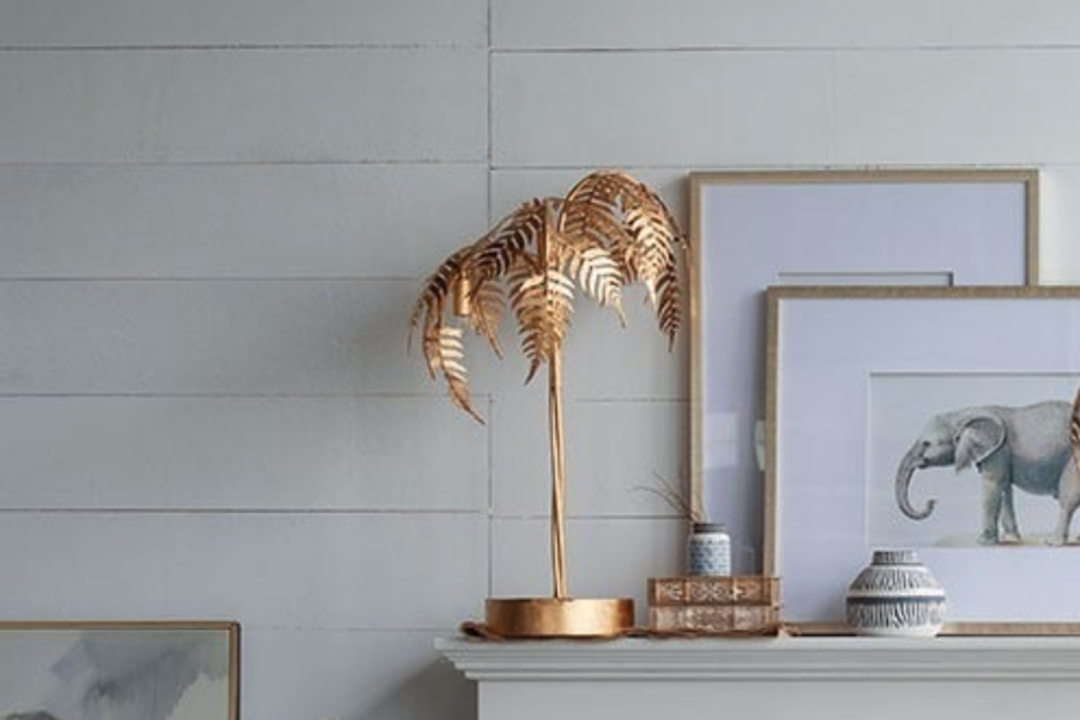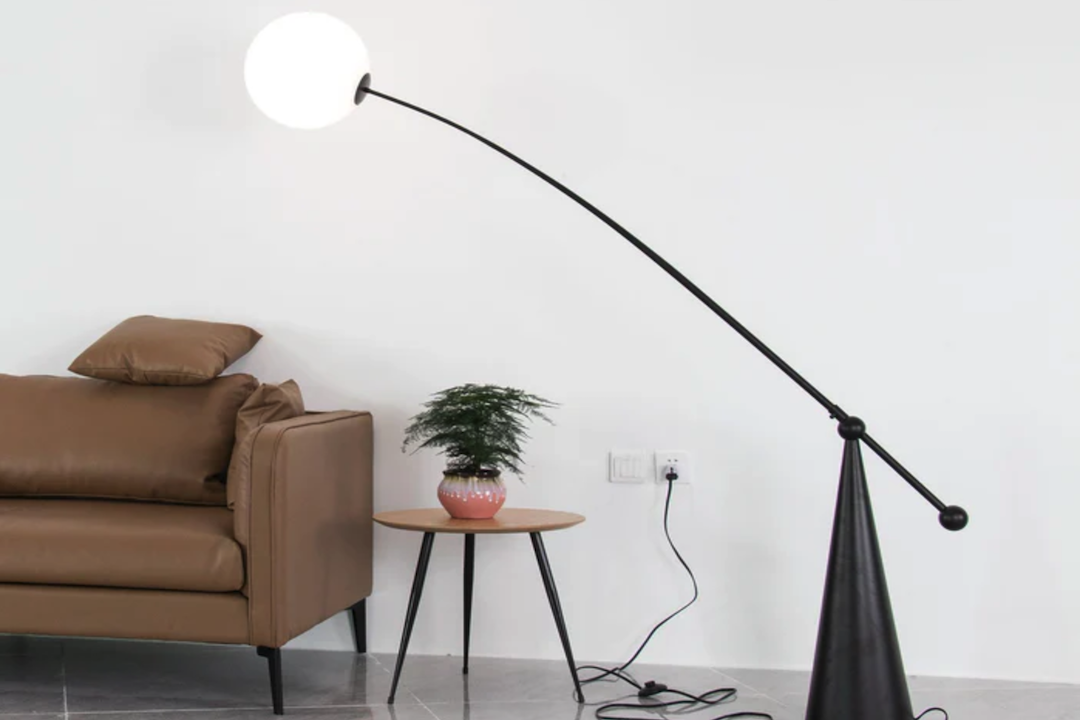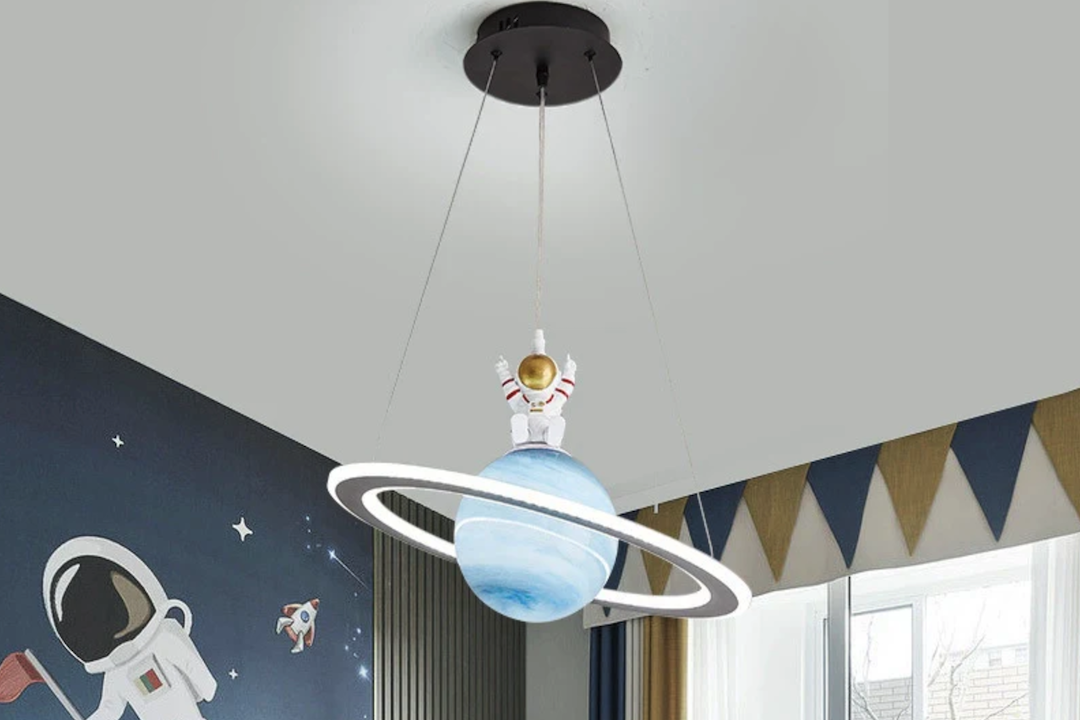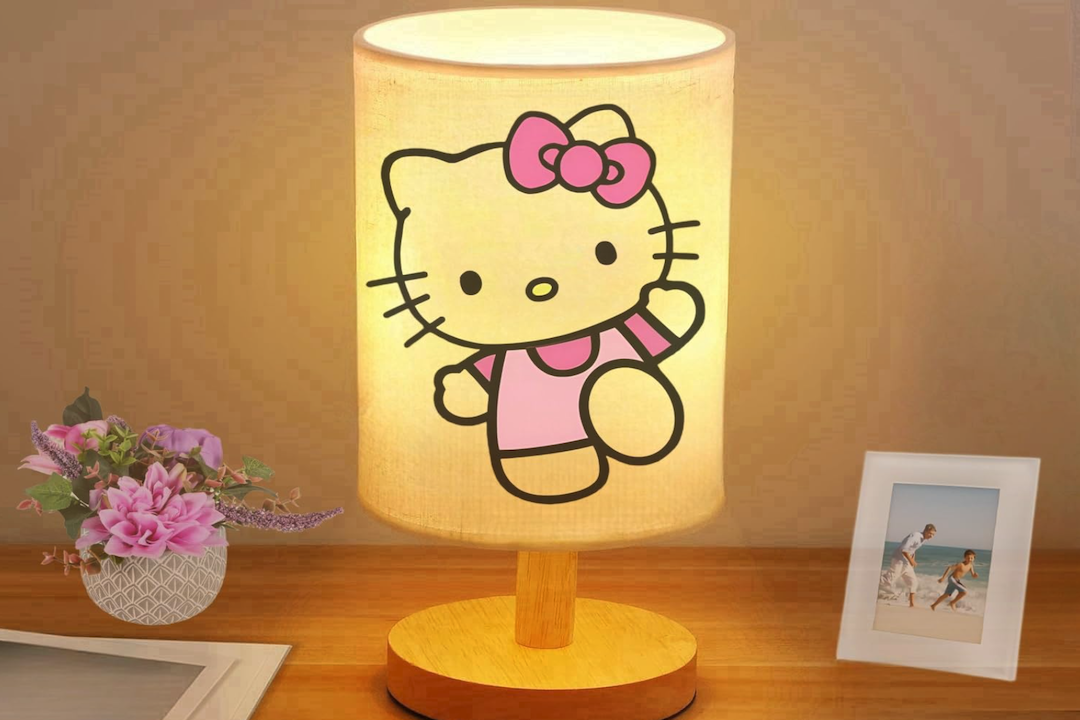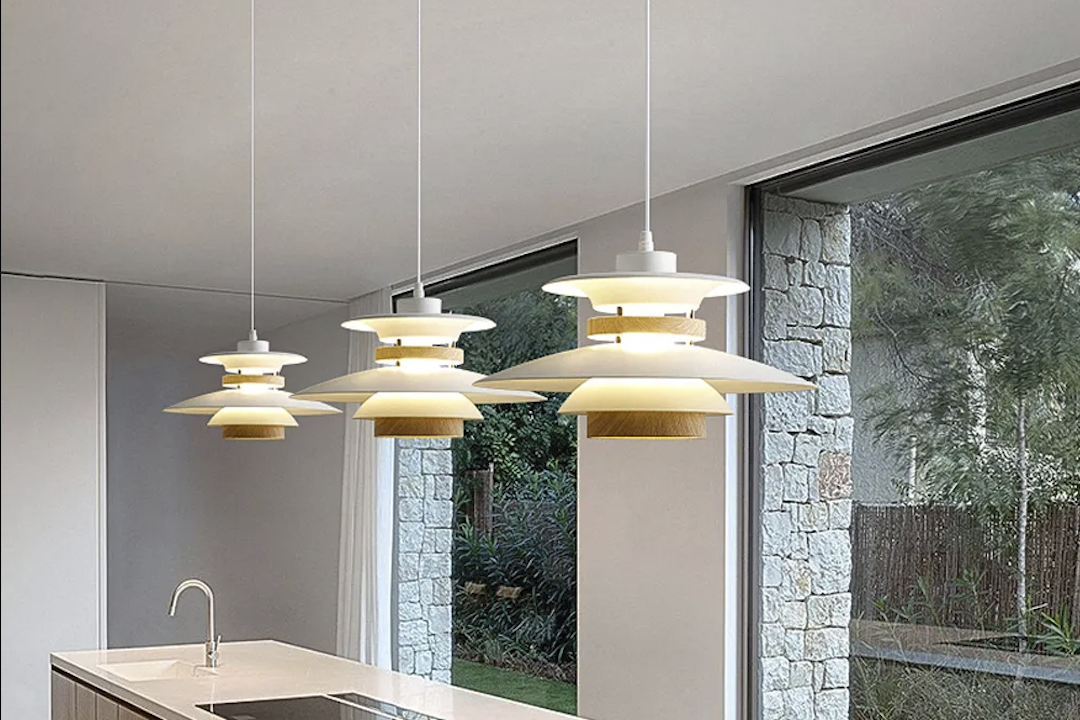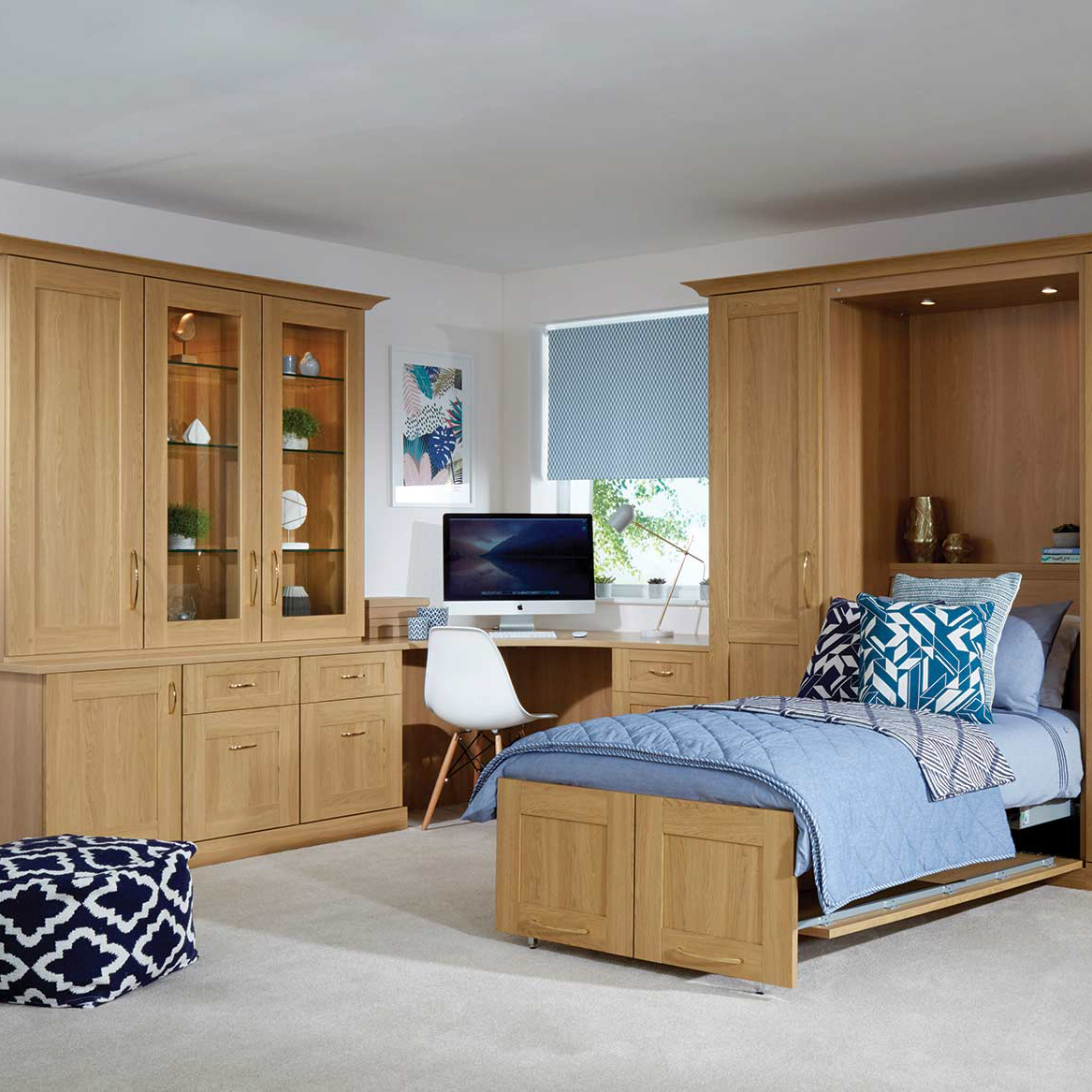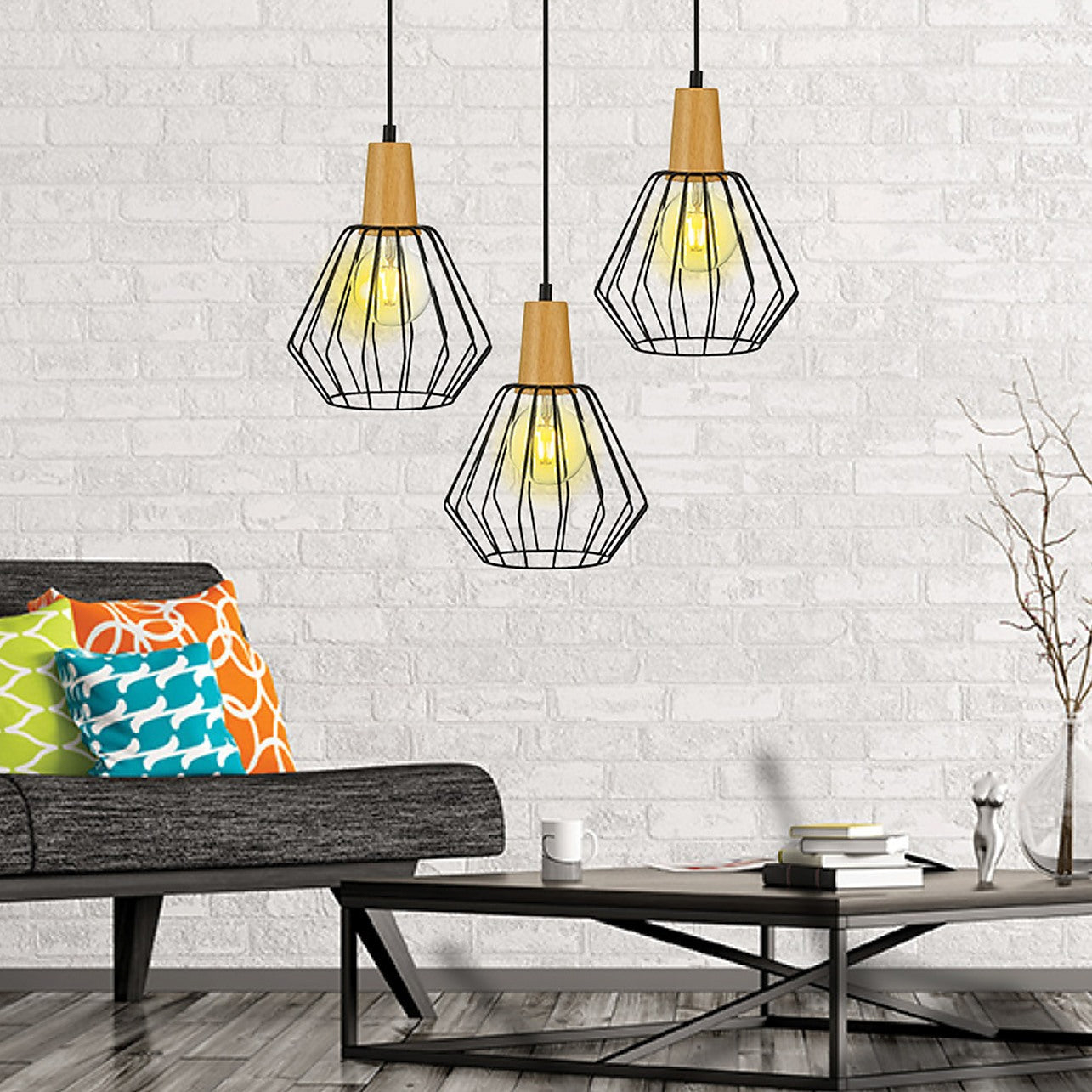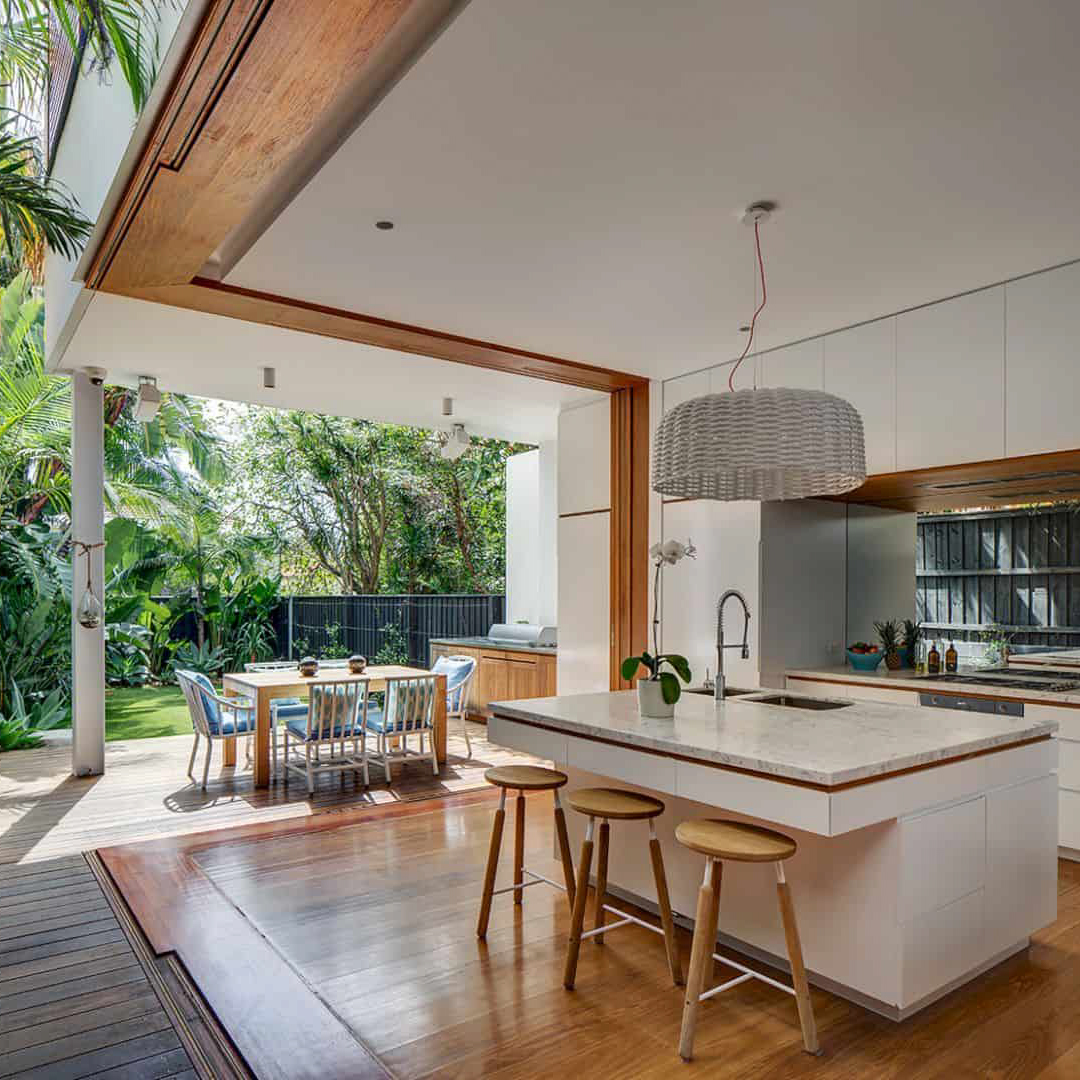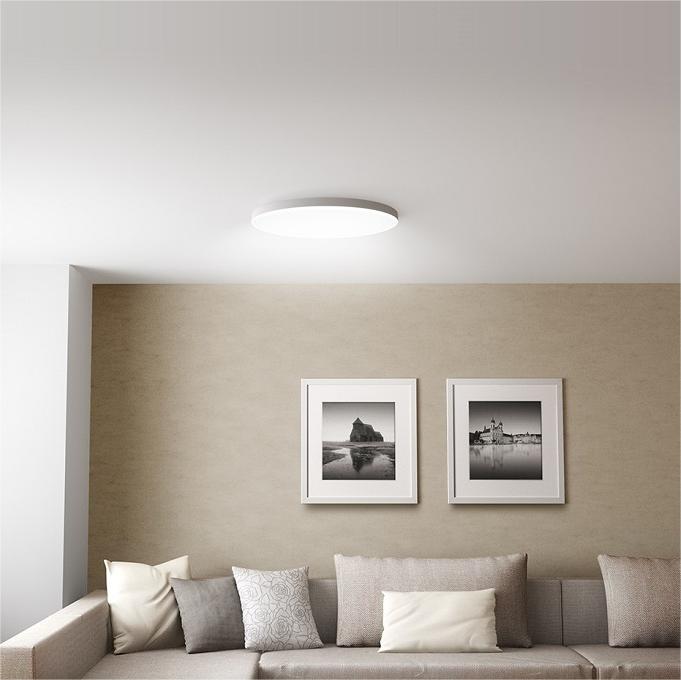Blue light has become a popular feature in modern lighting design. It is often used in electronic devices, such as mobile phones and tablets, and even in light bulbs to provide better visibility. However, what many people do not realize is that blue light can have a negative impact on our health and the environment. In this article, we will explore what blue light is, its health effects, and how we can protect ourselves and the environment from it.
What is Blue Light?
Blue light is part of the visible light spectrum that has a shorter wavelength and higher energy than other colors of light. It is found in sunlight and light bulbs, and is commonly used in electronic devices such as phone screens, computers, and televisions. Blue light is known for its ability to suppress the production of melatonin, a hormone that helps regulate sleep-wake cycles. This can lead to disrupted sleep patterns and other health problems.
Health Effects of Blue Light
Excessive exposure to blue light can have various harmful effects on our health. Some of the effects include:
Disrupted Sleep Patterns
As mentioned earlier, blue light can suppress the production of melatonin which can lead to disrupted sleep patterns. This can cause insomnia or other sleep-related problems.
Eyestrain and Eye Damage
Blue light can cause eyestrain and eye damage. This is because blue light has shorter wavelengths that scatter more in the eye. This can cause eye fatigue, headaches, and eye strain.
Increased Risk of Macular Degeneration
Studies have shown that prolonged exposure to blue light can increase the risk of macular degeneration, a condition that causes vision loss.
How to Protect Yourself from Blue Light
There are several ways to protect yourself from blue light, including:
Limit Screen Time
One of the simplest ways to reduce blue light exposure is to limit the amount of time you spend on electronic devices.
Use Blue Light Filters
Most modern devices such as smartphones, tablets, and computers have built-in blue light filters. These filters reduce blue light emissions and can be enabled in the device settings.
Use Yellow-tinted Glasses
Another way to reduce blue light exposure is to use yellow-tinted glasses. These glasses have been shown to reduce eye strain and improve sleep patterns.
Environmental Impact of Blue Light
Blue light also has a negative impact on the environment. The blue light emitted from electronic devices and light bulbs can disrupt the natural sleep-wake cycle of wildlife, particularly birds and insects. This can cause these species to migrate at the wrong time or become disoriented. Additionally, blue light can contribute to light pollution, which has been shown to have a negative impact on human health and the environment.
How to Protect the Environment from Blue Light
There are several ways to protect the environment from blue light, including:
Limit Outdoor Lighting
Limiting outdoor lighting can significantly reduce the amount of blue light that is emitted into the environment. Use only the necessary lighting for safety and security purposes.
Use Proper Lighting Fixtures
Using proper lighting fixtures can also help reduce the amount of blue light that is emitted. Choose light fixtures with a warm color temperature and low blue light emissions.
Support Dark Skies Initiatives
Supporting dark skies initiatives can help reduce the amount of light pollution and protect the natural sleep-wake cycle of wildlife.
Blue light is a harmful type of light that can have negative effects on our health and the environment. It is important that we take steps to protect ourselves and the environment from blue light exposure. By limiting screen time, using blue light filters or yellow-tinted glasses, and supporting dark skies initiatives, we can help protect our health and the environment.
